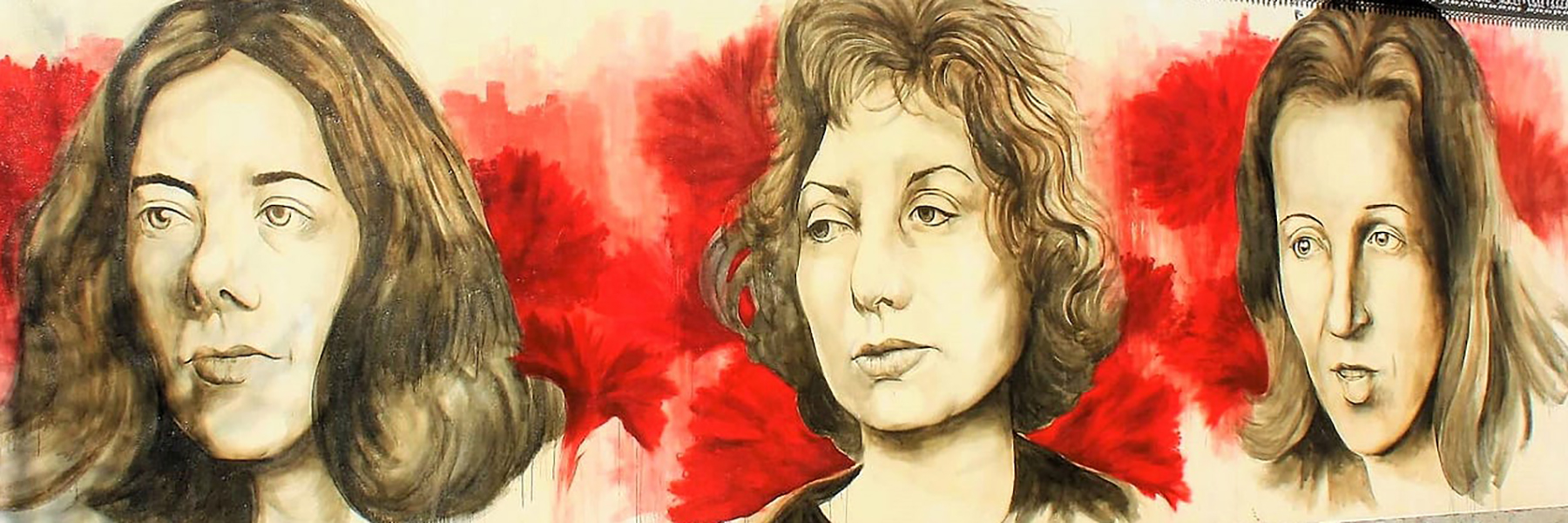
By Dr Olivia Glaze, AHRC Post-Doctoral Research Associate, University of Exeter
References to madness, insanity, melancholia, and hysteria have long plagued the diagnoses of female mental illness. The crazed, raving, and unstable woman is a prevalent trope that has long persisted within Western literature, from Ophelia in Shakespeare’s Hamlet (1599-1601) and Bertha Mason in Brontë’s Jane Eyre (1847) to Gilman’s The Yellow Wallpaper (1892) and Flaubert’s Madame Bovary (1856). Historically, madness, hysteria, and melancholia have been considered female afflictions due to an assumed inherent feminine proximity to wrecked nerves and sexual disorders – indeed, the word hysteria is derived from the Greek word “hysteron” or womb. In the late nineteenth century, understanding the ‘female’ illness of hysteria was a central focus of studies, led by the French neurologist Jean-Martin Charcot at his infamous Parisian asylum, Salpêtrière. Charcot transformed the hospital into an internationally renowned site of neurological teaching, with Sigmund Freud and Pierre Janet amongst his students.

